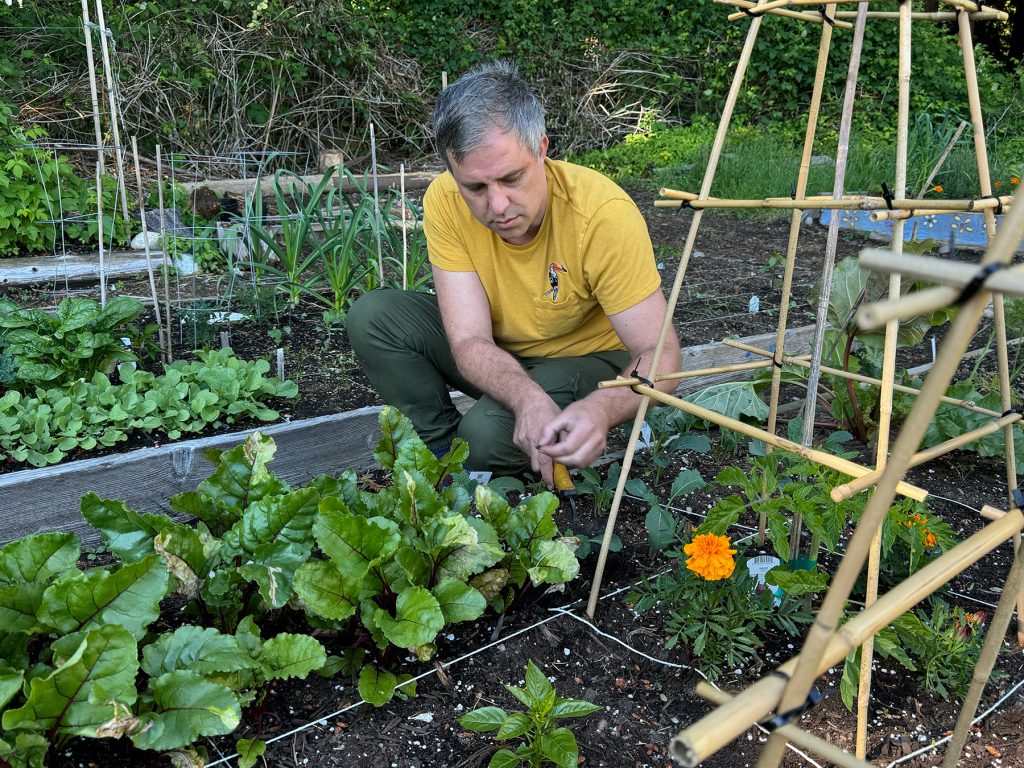With planting season in full swing, many residents have begun to focus on their gardens.
While some are content with a garden on their balcony, many others around campus have taken an interest in the growing space offered by the community gardens run by the UNA.
These gardens have been incredibly popular among residents. With over 600 people on the waiting list, the wait time is currently around 4-5 years to access one of 246 available plots on five UNA community gardens.

During the pandemic, there was a massive spike to the waiting list, and with more people moving onto campus, it is likely the list will keep growing.
Some relief may be in sight though, as there are plans to increase the number of community plots. A new community garden, currently unnamed, is planned for the southeast corner of Wesbrook Place as development occurs there.
“There are 36 plots in the development plan, but this may be subject to change,” a UBC Properties Trust spokesperson says. “The current timeline for completion is contingent on surrounding construction.”
Community gardening has many benefits for residents. It provides residents a way to connect with nature and to grow their own food, allowing access to affordable and nutritious produce.
“Tomatoes do really well here,” says Dominic Willson, a member of one of the community gardens. He also recommends growing herbs, as these plants are a good starting place for beginner gardeners. “Stuff like mint is harder to kill than it is to grow,” Willson says with a laugh.
The UBC Botanical Garden and Metro Vancouver have also put together the Grow Green Guide, which is available online to help residents figure out what will grow best in their plots.

Over the spring and summer months, activity will pick up in the gardens as residents plant a variety of different plants in the community plots. Most grow staples, like beans, tomatoes, or peas.
Some have been trying gailan (Chinese broccoli) and corn, although corn is notoriously difficult to grow in community garden plots, Willson says.
“We personally have not tried too much,” he says. “We just want staples that we can eat.”
One of the most appealing benefits of the community gardens, though, is the sense of community that they foster. The gardens are a great place to meet new people and connect with neighbours. “Especially during COVID, it was really good that we were bumping into people we wouldn’t get the opportunity to meet,” Willson says. “It was really good for us.”
Within the gardens, there is a great sense of community among its members. “We look after each other,” Willson says.
AMIE BERNAERDT IS A THIRD-YEAR STUDENT AT UBC, MAJORING IN CREATIVE WRITING AND ANTHROPOLOGY.
